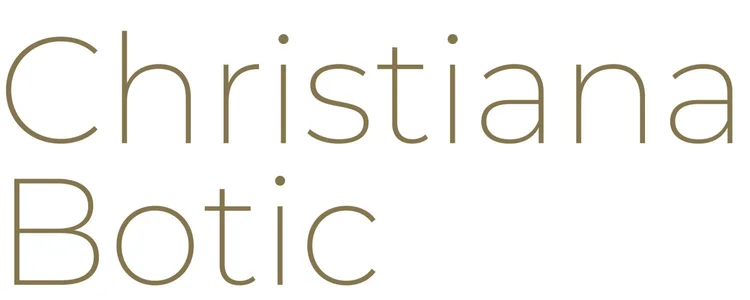
Crowds flood the streets of Mitrovica to take photos during prom season, when graduating high school students parade through the city in formal wear. Before the war, children learned Serbian and Albanian, but now they attend separate high schools exclusively taught in their respective mother tongues.
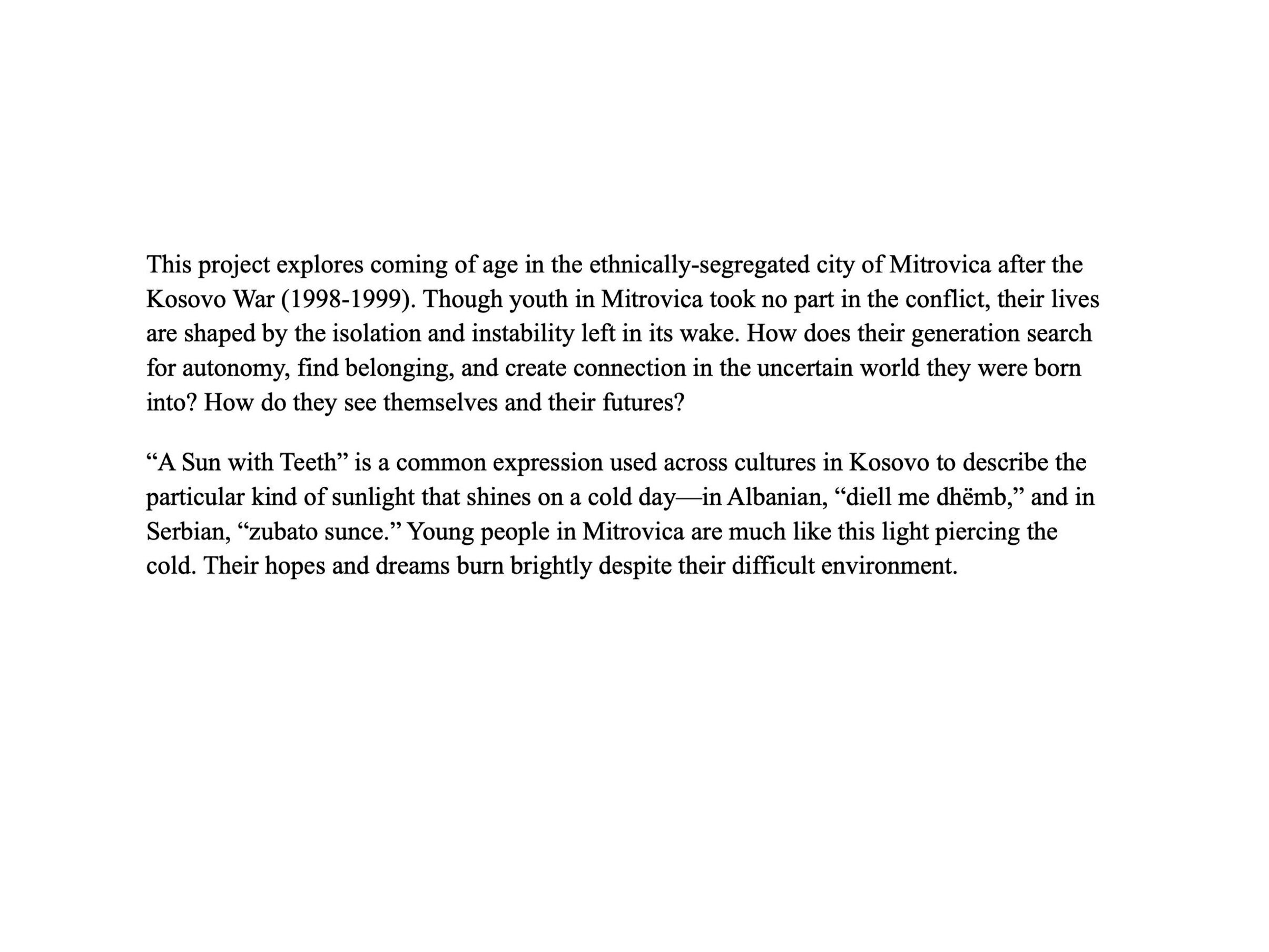
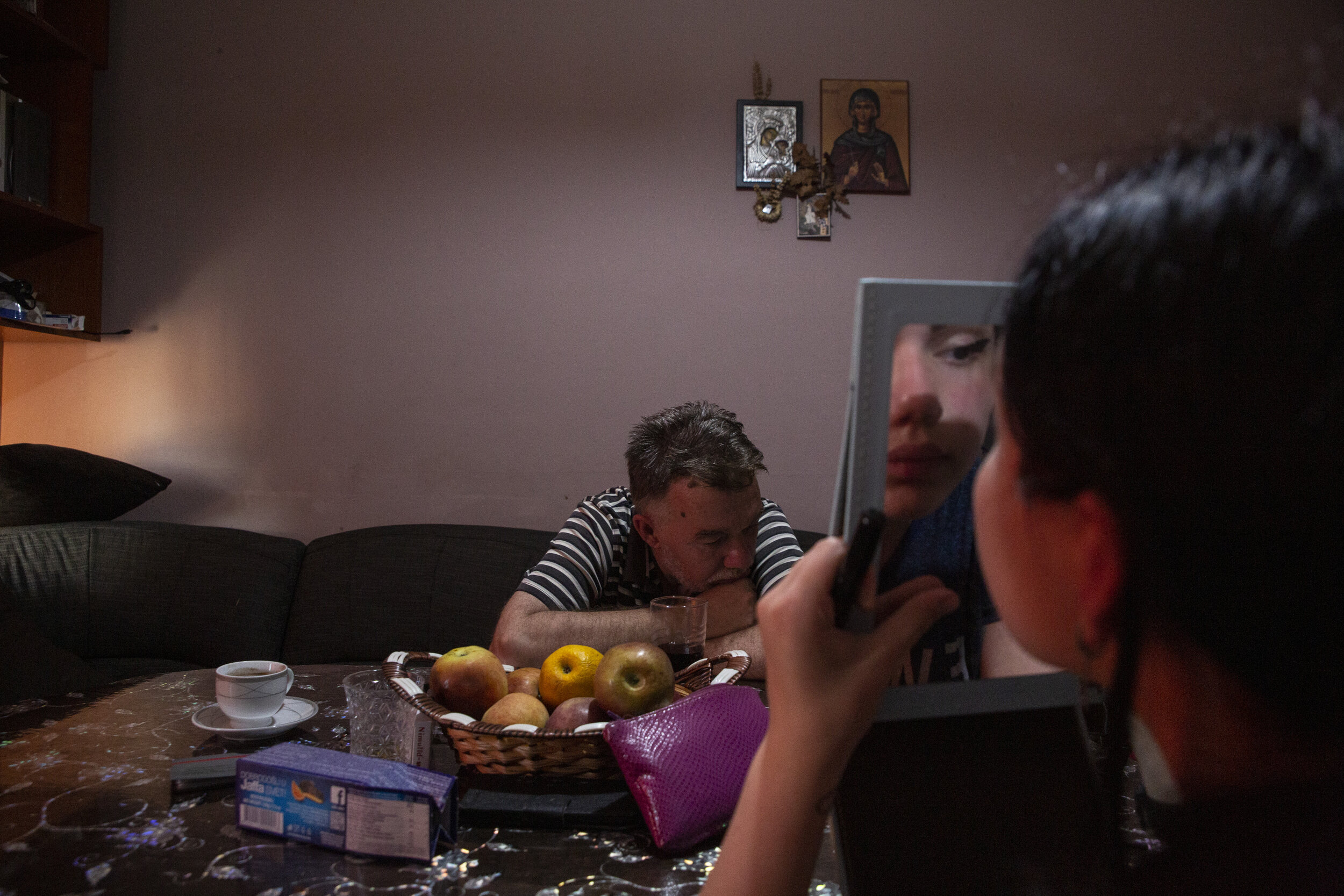
Aleksandra Vajsel, 15, applies makeup at the kitchen table across from her father before going to meet friends at a cafe in the Serb-majority side of the city, north of the Ibar River.

Nazmi Gusani, 20, looks out the window of his family's home in south Mitrovica. Many displaced Roma families were moved to this neighborhood after the war. Like most Roma people in Mitrovica, Gusani speaks Romani, Albanian, and Serbian. Though he finished school, Gusani still works as a logger because of the poor economy and discrimination against the Roma community.

Once the site of the most ethnic violence in Mitrovica, this bridge reopened in 2017 and is now mainly a site for foot traffic and sleeping dogs. It is guarded by international peacekeepers, though residents on both sides express a lack of confidence in their ability to protect citizens.

Socialist apartment buildings provide housing to a majority of Mitrovica's residents, and children from all backgrounds live with their families until they get married.
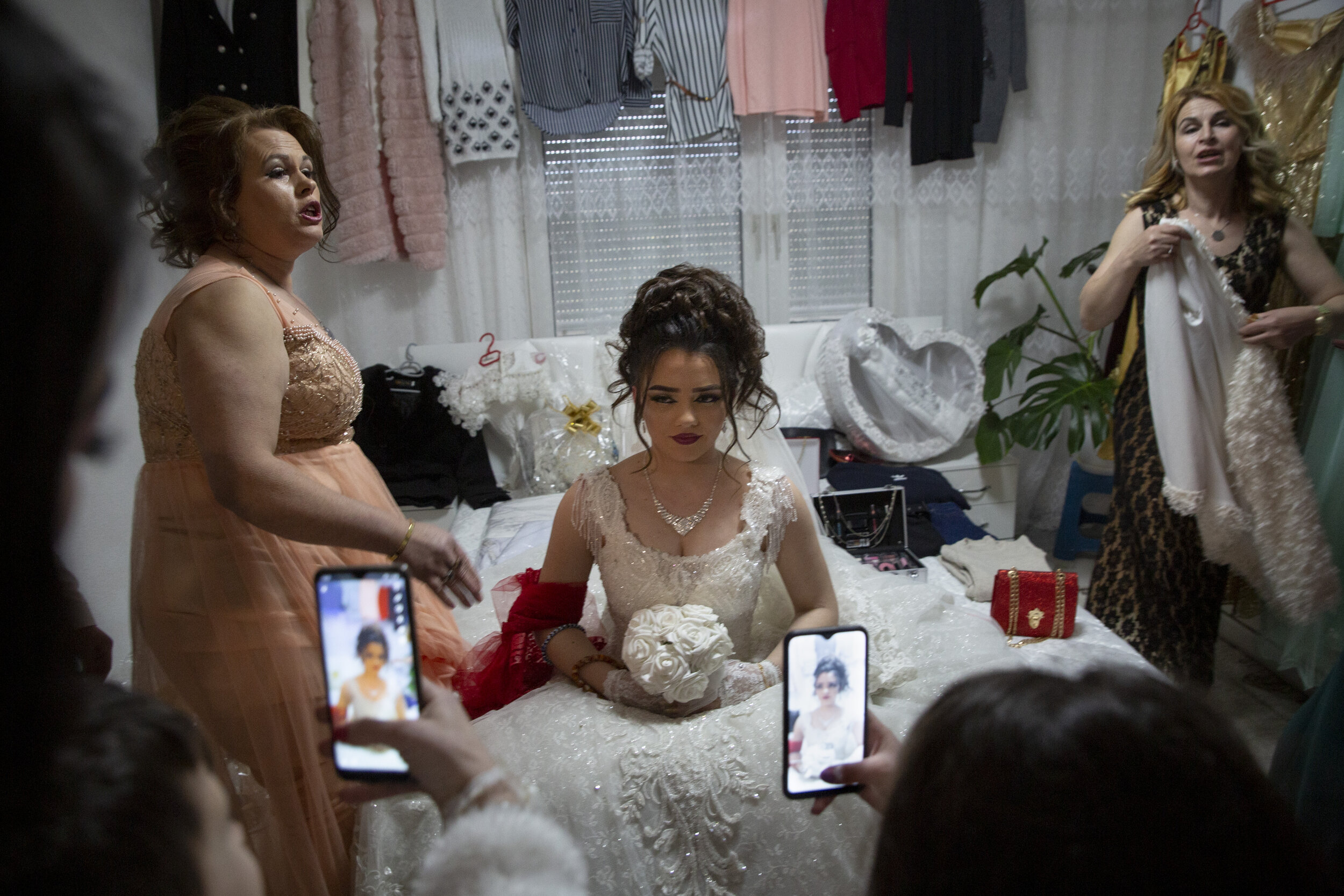
Qendresa Hasani, 16, sits patiently while her groom’s family video calls relatives abroad on Hasani’s wedding day, in her husband’s village outside of Mitrovica, Kosovo. In Kosovo, the minimum age to legally marry drops from 18 to 16 with parental consent.

Mateja Vasic, 17, kisses his girlfriend Katarina Arsic, 17, during a rock show at a Soho Bar in north Mitrovica on the Orthodox New Year. Couples kissing or holding hands in public is typical on the north side of the city, but is less common in the south.

A young couple smokes weed above the lights of Mitrovica at night. There are no official reports on drug use in Mitrovica, but it's more accessible for young people to buy drugs than to go to the cinema.
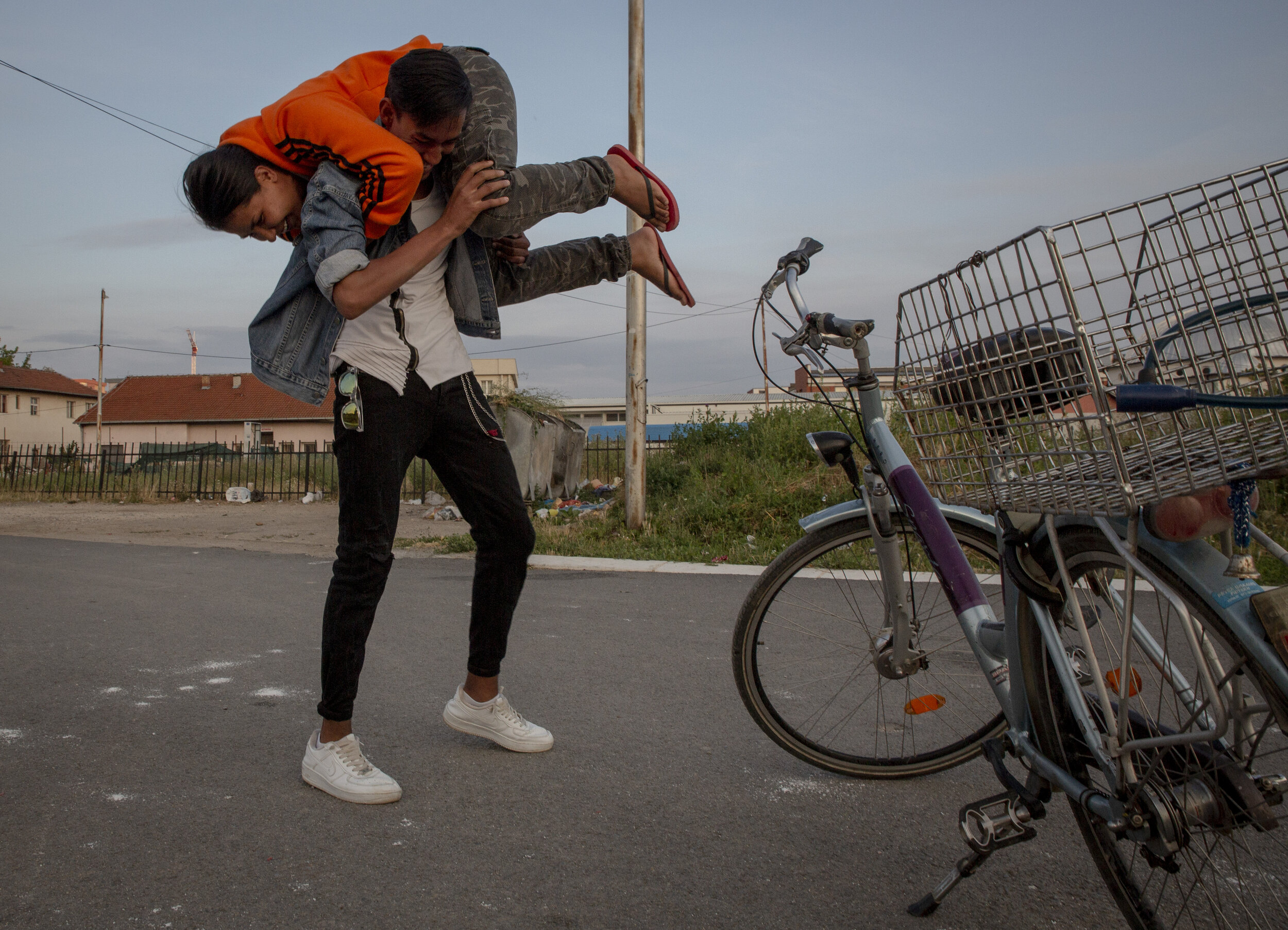
Zuki Beqiri ,17, lifts Sadete Gashijani, known as Nana, into the air on the streets of Roma Mahala, the Roma neighborhood where they live in south Mitrovica. Nana works with Roma youth at an organization called Community Worker DRC, so all the kids and teenagers in the neighborhood know her well.

Andjelija Vajsel, 18, hugs her father goodbye before leaving their home in Mitrovica, Kosovo for the summer. Mitrovica has the worst unemployment rates in all of Kosovo, so Andjelija must leave her family to work in Montenegro for several months in order to save money for university in the fall. As a bartender in Montenegro, she will make more than her father does as a career security guard in Mitrovica.

Political posters are a common sight in Mitrovica, like these claiming the occupation of Serbia since Kosovo declared independence on Feb. 17, 2008 plastered over images of Vladimir Putin.

After their neighborhood in north Mitrovica, which housed 8,000 people, was razed to the ground in 1999, Roma people were displaced to UN-run camps built on land affected by a former lead-smelting factory north of the city. After suffering extensive lead poisoning over the course of 9 years, the remaining families from these camps were moved to the new Roma Mahala in south Mitrovica.

"They told me I look like the Prime Minister, which I take as a compliment," says Aleksandra Janicijevic, 17, of her friends reaction to her bow tie. Like much of the region, teenage girls in Mitrovica are expected to dress and style themselves in traditionally feminine ways. Aleksandra finds this boring, and instead likes to play with fashion and push the boundaries of what is considered attractive or acceptable for women to wear.

Diellza Shala, 18, brings snacks to the kitchen in her family's home in a village outside of Mitrovica. Diellza will study to be a doctor in Pristina, the capital of Kosovo, next year. She will likely commute for an hour each way every day to attend classes because it is too expensive to live in Pristina.
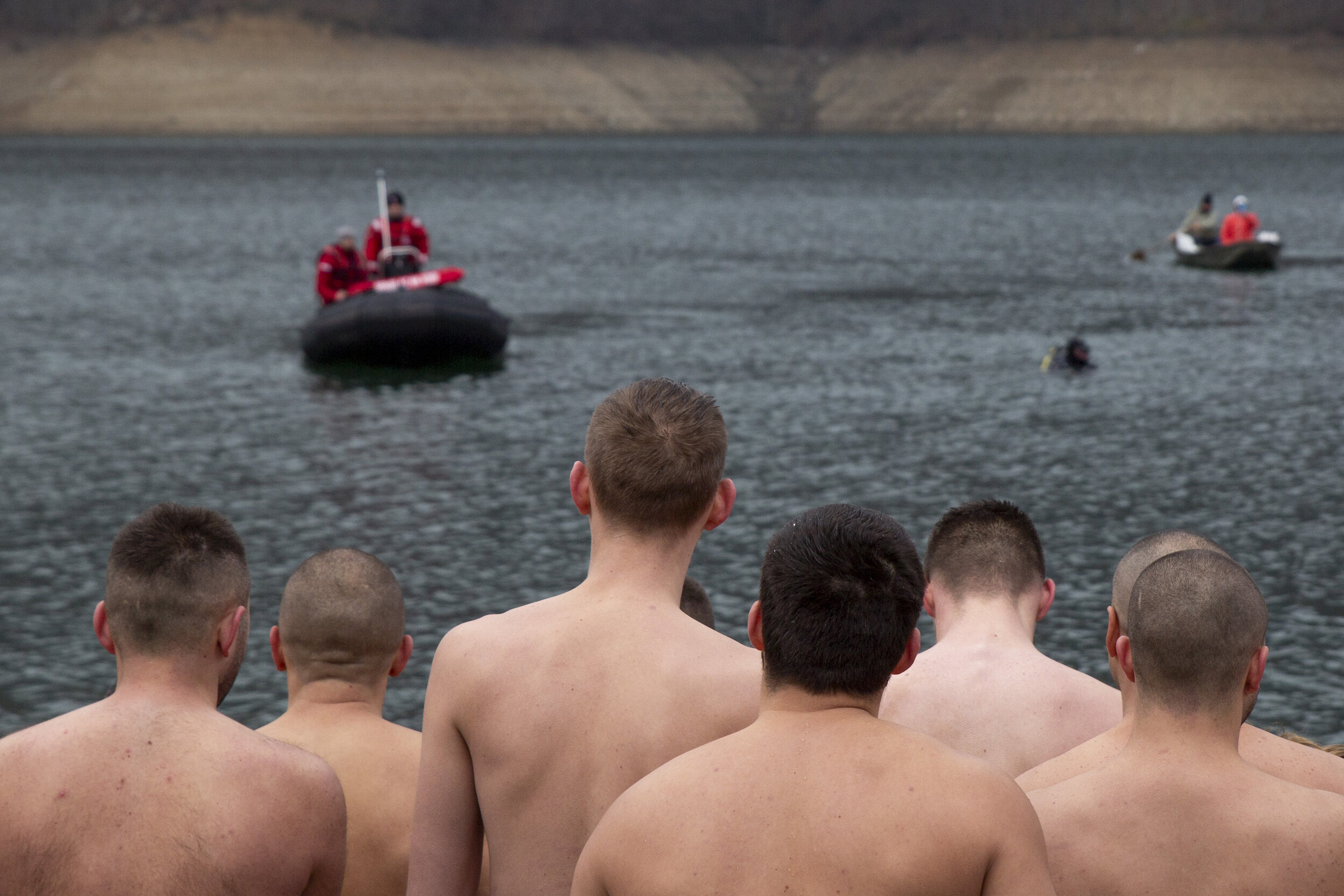
Men and boys from the Serb-majority municipalities of North Kosovo gather along the shore of Gazivoda Lake in Zubin Potok, a village near Mitrovica, before participating in Epiphany cross diving. Beyond being a significant religious event, this is also a show of traditional masculinity.

Ilda Krama, 19, stands above the neighborhood in north Mitrovica where her mother lived before she was expelled during the war. Ilda's mother is Albanian and her father is Bosnian, so she was raised speaking both languages in south Mitrovica. When she became a teenager, she started crossing the bridge and says she surprisingly felt more at home on the north side. She is currently enrolled in a Serbian university in north Mitrovica.

Nikola Drazevic, 18, looks through his bedroom window in north Mitrovica. Born to a Roma family in Mitrovica two years after the war, Nikola was adopted by a Serbian couple in the north when he was six years old. Although they live in the same city, he has not seen his birth family since he was a child.
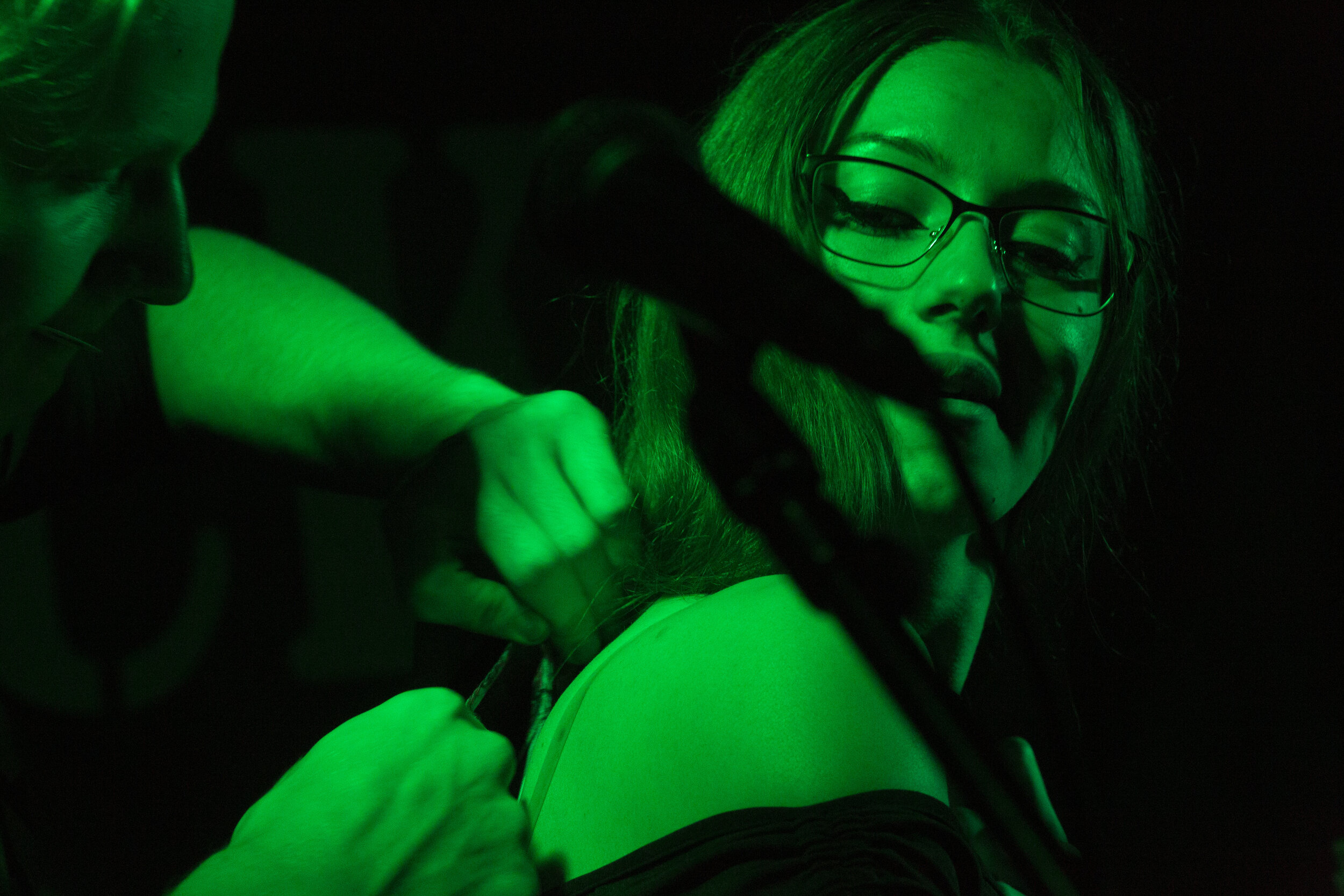
The Mitrovica Rock School provides one of the only spaces in Mitrovica for young people of Serbian, Albanian, Roma and mixed backgrounds to collaborate together as musicians.
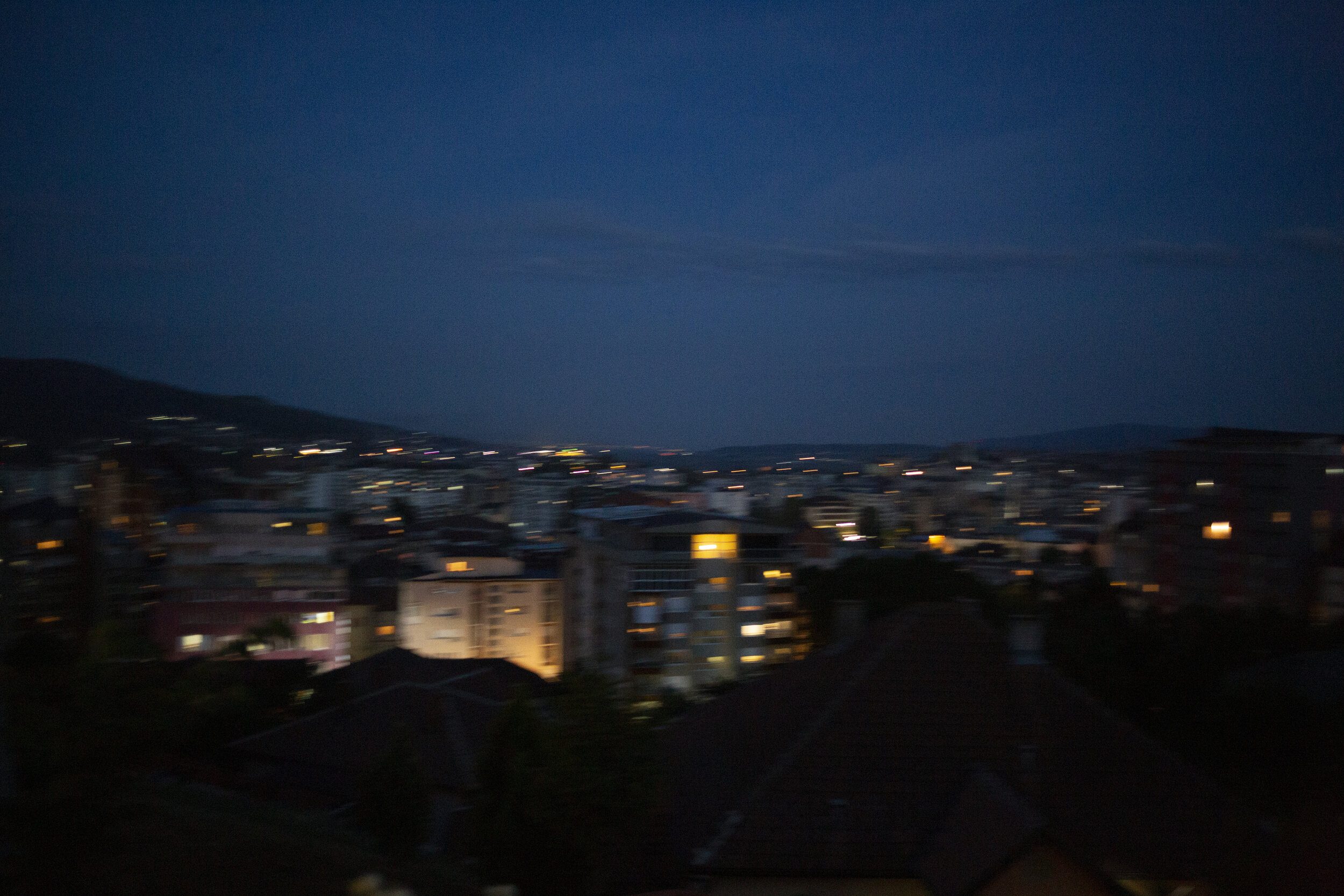
The four Serb-majority municipalities in northern Kosovo have not paid for electricity since 1999. Because there are power sources on both sides of the border, it is difficult to determine whether their electricity is paid for by Kosovo or Serbia’s taxes.
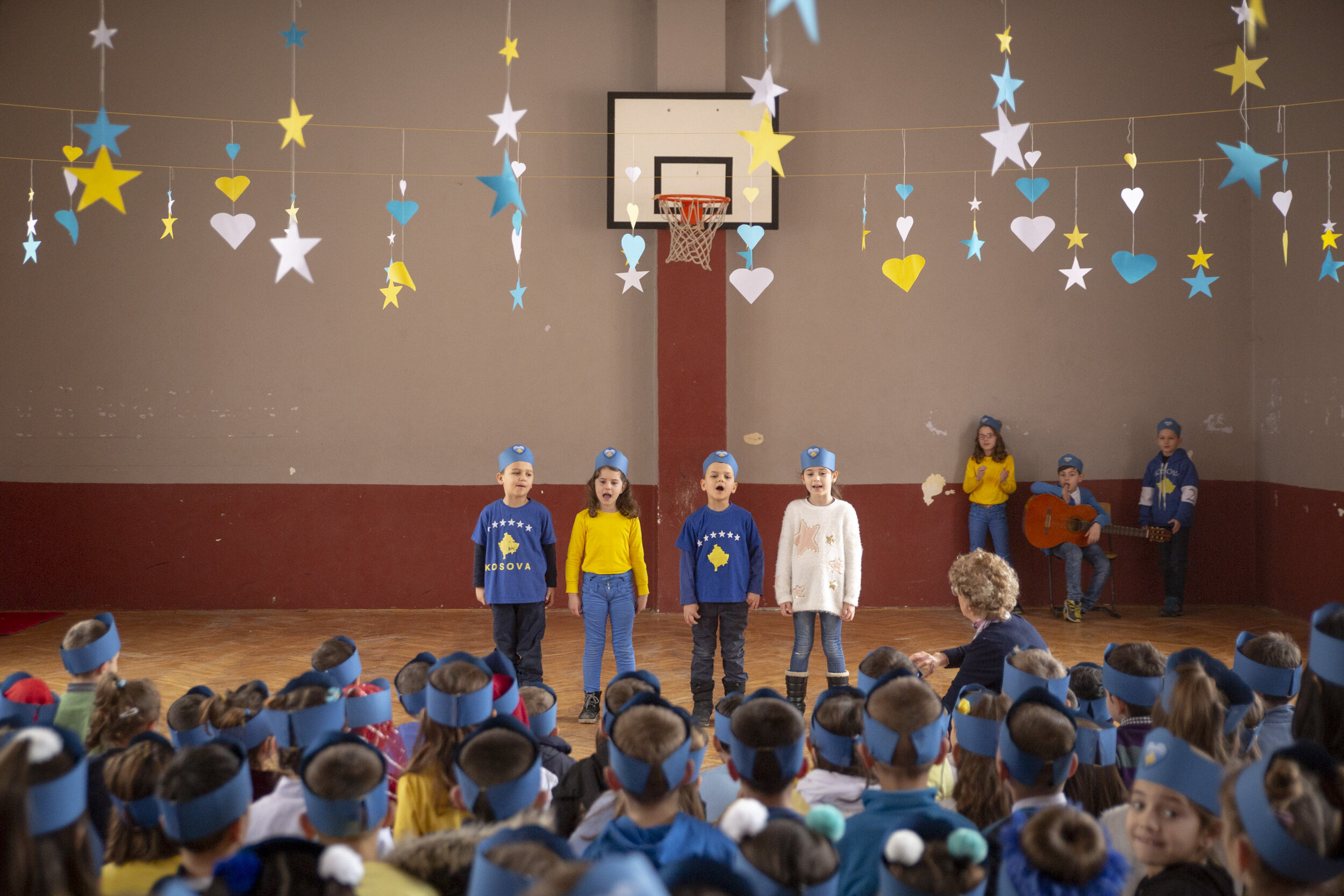
Dressed in yellow and blue, the colors of the Kosovo flag, children celebrate Kosovo Independence Day at Bedri Gjinaj primary school on the south side of Mitrovica. Kosovo declared independence on Feb. 17, 2008.

Zuki Beqiri, 17, picks a flower along the lake in South Mitrovica near Roma Mahala where he lives with his family. Zuki wants to stay in Kosovo, and to become a famous singer and rapper.

Tringa Sadiku, 20, sleeps on a bus from Kosovo to Skopje, North Macedonia, where she will apply for a visa in the hopes of traveling to Germany and Poland for her studies. Citizens of Kosovo, including those holding Serbian passports, do not have the same freedom of travel as other Europeans. They must go through the expensive and arduous process of applying for visas to enter most countries in Europe.
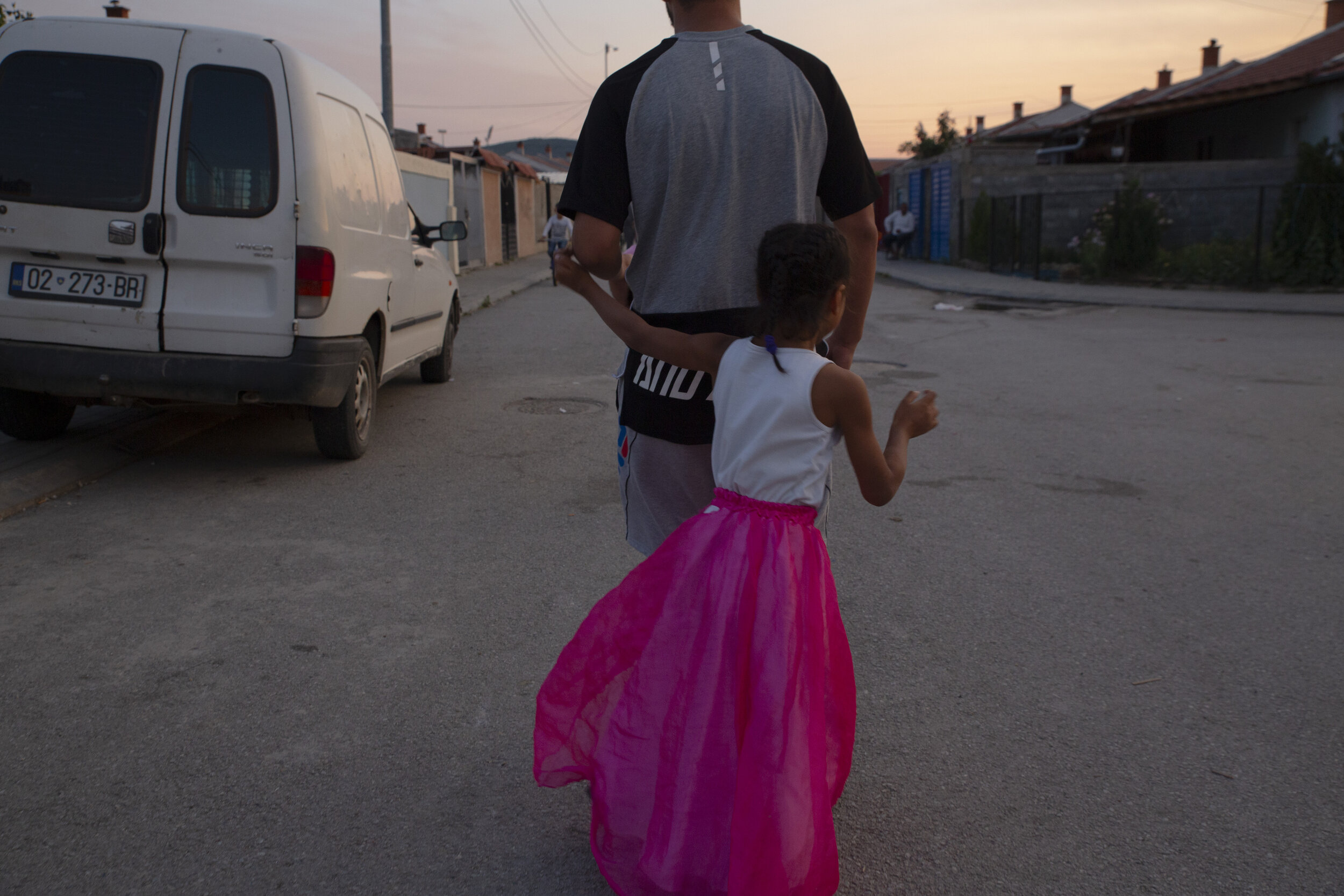
Teenagers and children play on the streets of Roma Mahala at dusk. About half of the people in Kosovo are under 25, making it the youngest population in all of Europe.
























Crowds flood the streets of Mitrovica to take photos during prom season, when graduating high school students parade through the city in formal wear. Before the war, children learned Serbian and Albanian, but now they attend separate high schools exclusively taught in their respective mother tongues.
Aleksandra Vajsel, 15, applies makeup at the kitchen table across from her father before going to meet friends at a cafe in the Serb-majority side of the city, north of the Ibar River.
Nazmi Gusani, 20, looks out the window of his family's home in south Mitrovica. Many displaced Roma families were moved to this neighborhood after the war. Like most Roma people in Mitrovica, Gusani speaks Romani, Albanian, and Serbian. Though he finished school, Gusani still works as a logger because of the poor economy and discrimination against the Roma community.
Once the site of the most ethnic violence in Mitrovica, this bridge reopened in 2017 and is now mainly a site for foot traffic and sleeping dogs. It is guarded by international peacekeepers, though residents on both sides express a lack of confidence in their ability to protect citizens.
Socialist apartment buildings provide housing to a majority of Mitrovica's residents, and children from all backgrounds live with their families until they get married.
Qendresa Hasani, 16, sits patiently while her groom’s family video calls relatives abroad on Hasani’s wedding day, in her husband’s village outside of Mitrovica, Kosovo. In Kosovo, the minimum age to legally marry drops from 18 to 16 with parental consent.
Mateja Vasic, 17, kisses his girlfriend Katarina Arsic, 17, during a rock show at a Soho Bar in north Mitrovica on the Orthodox New Year. Couples kissing or holding hands in public is typical on the north side of the city, but is less common in the south.
A young couple smokes weed above the lights of Mitrovica at night. There are no official reports on drug use in Mitrovica, but it's more accessible for young people to buy drugs than to go to the cinema.
Zuki Beqiri ,17, lifts Sadete Gashijani, known as Nana, into the air on the streets of Roma Mahala, the Roma neighborhood where they live in south Mitrovica. Nana works with Roma youth at an organization called Community Worker DRC, so all the kids and teenagers in the neighborhood know her well.
Andjelija Vajsel, 18, hugs her father goodbye before leaving their home in Mitrovica, Kosovo for the summer. Mitrovica has the worst unemployment rates in all of Kosovo, so Andjelija must leave her family to work in Montenegro for several months in order to save money for university in the fall. As a bartender in Montenegro, she will make more than her father does as a career security guard in Mitrovica.
Political posters are a common sight in Mitrovica, like these claiming the occupation of Serbia since Kosovo declared independence on Feb. 17, 2008 plastered over images of Vladimir Putin.
After their neighborhood in north Mitrovica, which housed 8,000 people, was razed to the ground in 1999, Roma people were displaced to UN-run camps built on land affected by a former lead-smelting factory north of the city. After suffering extensive lead poisoning over the course of 9 years, the remaining families from these camps were moved to the new Roma Mahala in south Mitrovica.
"They told me I look like the Prime Minister, which I take as a compliment," says Aleksandra Janicijevic, 17, of her friends reaction to her bow tie. Like much of the region, teenage girls in Mitrovica are expected to dress and style themselves in traditionally feminine ways. Aleksandra finds this boring, and instead likes to play with fashion and push the boundaries of what is considered attractive or acceptable for women to wear.
Diellza Shala, 18, brings snacks to the kitchen in her family's home in a village outside of Mitrovica. Diellza will study to be a doctor in Pristina, the capital of Kosovo, next year. She will likely commute for an hour each way every day to attend classes because it is too expensive to live in Pristina.
Men and boys from the Serb-majority municipalities of North Kosovo gather along the shore of Gazivoda Lake in Zubin Potok, a village near Mitrovica, before participating in Epiphany cross diving. Beyond being a significant religious event, this is also a show of traditional masculinity.
Ilda Krama, 19, stands above the neighborhood in north Mitrovica where her mother lived before she was expelled during the war. Ilda's mother is Albanian and her father is Bosnian, so she was raised speaking both languages in south Mitrovica. When she became a teenager, she started crossing the bridge and says she surprisingly felt more at home on the north side. She is currently enrolled in a Serbian university in north Mitrovica.
Nikola Drazevic, 18, looks through his bedroom window in north Mitrovica. Born to a Roma family in Mitrovica two years after the war, Nikola was adopted by a Serbian couple in the north when he was six years old. Although they live in the same city, he has not seen his birth family since he was a child.
The Mitrovica Rock School provides one of the only spaces in Mitrovica for young people of Serbian, Albanian, Roma and mixed backgrounds to collaborate together as musicians.
The four Serb-majority municipalities in northern Kosovo have not paid for electricity since 1999. Because there are power sources on both sides of the border, it is difficult to determine whether their electricity is paid for by Kosovo or Serbia’s taxes.
Dressed in yellow and blue, the colors of the Kosovo flag, children celebrate Kosovo Independence Day at Bedri Gjinaj primary school on the south side of Mitrovica. Kosovo declared independence on Feb. 17, 2008.
Zuki Beqiri, 17, picks a flower along the lake in South Mitrovica near Roma Mahala where he lives with his family. Zuki wants to stay in Kosovo, and to become a famous singer and rapper.
Tringa Sadiku, 20, sleeps on a bus from Kosovo to Skopje, North Macedonia, where she will apply for a visa in the hopes of traveling to Germany and Poland for her studies. Citizens of Kosovo, including those holding Serbian passports, do not have the same freedom of travel as other Europeans. They must go through the expensive and arduous process of applying for visas to enter most countries in Europe.
Teenagers and children play on the streets of Roma Mahala at dusk. About half of the people in Kosovo are under 25, making it the youngest population in all of Europe.
